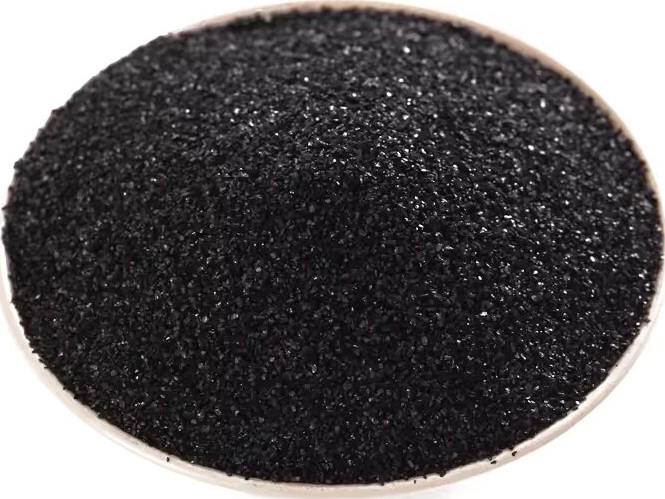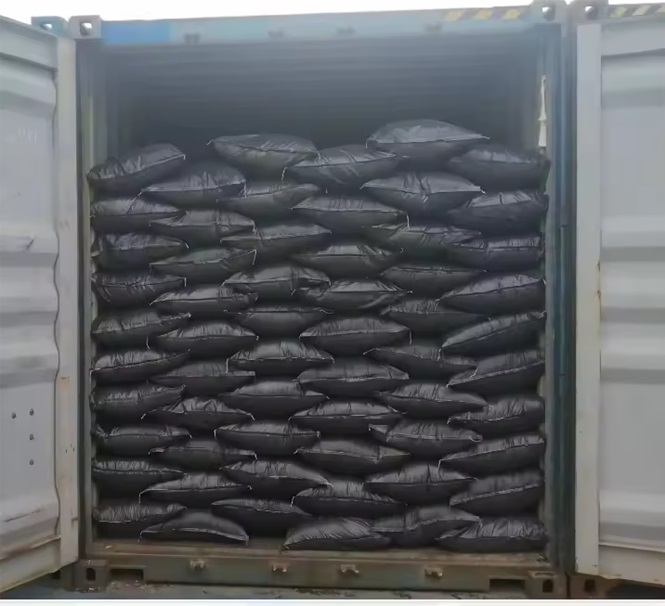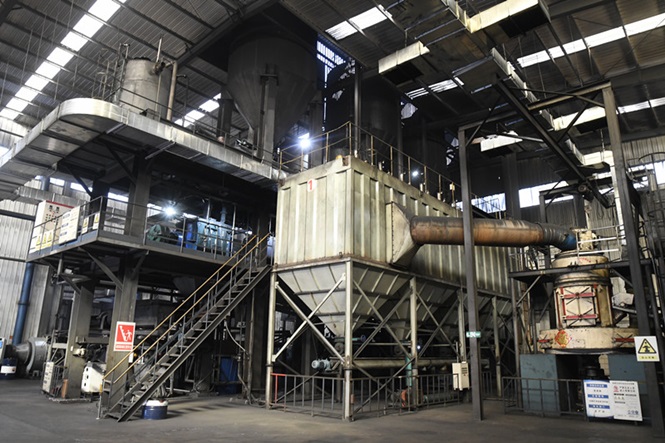Categories
- Tech & News (21)
- Pipes & Fittings (12)
- Valves & Pumps (54)
- Equipment & Tools (6)
- Facilities & Chemicals (10)
Granular activated carbon (GAC) is a highly porous form of carbon with a large internal surface area greater than 500 m2/g, which makes it effective for removing dissolved organic materials and other contaminants from water through the process of adsorption. Water treatment with granular activated carbon is accomplished by percolating the water to be treated through dual-media/multimedia filters whereby the top layer is granular activated carbon and/or fixed-bed adsorbers containing granular activated carbon. The granular activated carbon may be crushed and screened to any particle size, but typical sizes used for water treatment range from No. 8 to No. 50 US standard sieve sizes.

The granular activated carbon samples, Standard US mesh size 8 x 20.
Granular activated carbon works primarily through adsorption, a process where contaminants in water adhere to the surface of the carbon particles. The porous structure of GAC provides a large surface area for adsorption, allowing it to trap a wide range of contaminants. Different contaminants are drawn to granular activated carbon for various reasons including London dispersion forces, dipole-dipole interactions, and hydrogen bonding. Granular activated carbon is effective in removing organic compounds, including volatile organic compounds, synthetic organic chemicals, and taste and odor-causing compounds. It also aids in the reduction of disinfection byproducts such as trihalomethane (THM) and haloacetic acids (HAA) that are formed when chlorine interacts with organic matter. Additionally, while not as efficient as some other treatment methods for heavy metals, granular activated carbon can adsorb certain metals such as lead, mercury, and arsenic to some extent.

Container loading of granular activated carbon in the factory, delivered to Ho Chi Minh city, Vietnam.
Granular activated carbon systems are typically designed as fixed-bed or moving-bed filters. In a fixed-bed system, water flows through a bed of granular activated carbon, while in a moving-bed system, the granular activated carbon is circulated or moved through the water. The design must consider factors such as the flow rate, contact time, and the size and characteristics of the granular activated carbon. The empty bed contact time (EBCT), which is the theoretical time the water spends in the bed without any carbon, is a critical parameter that influences the system’s performance.
Regular monitoring is essential to determine the remaining life of the granular activated carbon and to assess the breakthrough of contaminants. This can be done through surrogate parameters such as total organic carbon (TOC) or by testing for specific contaminants. Maintenance involves periodic replacement or regeneration of the activated carbon. The frequency of replacement depends on the water quality and the adsorption capacity of the carbon, which can be affected by the characteristics of the water being treated. Regeneration is the process of restoring the adsorption capacity of spent granular activated carbon. This typically involves heating the carbon to a high temperature in a low-oxygen environment to release the contaminants. Proper maintenance, including regular back-washing and periodic regeneration, is essential to prevent fouling and maintain the effectiveness of granular activated carbon filters.
Granular activated carbon for use in the treatment of municipal and industrial water supplies can be produced in accordance with a series of international standards including AWWA B604/ B605, JIS K-1474, ASTM D2862, ASTM D3466, ASTM D6586, ASTM D6646, ASTM D4069, GOST T6217, GB/T 7702.6/ 7702.7, GB/T 13803.2, GB/T 13803.1, GB/T 7701.7, GB/T 7701.4, etc.

The production workshop for granular activated carbon, located in Hebei province, China.